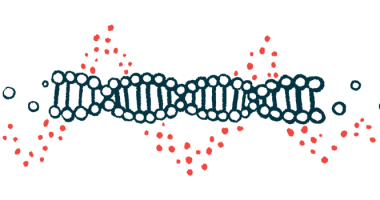New Screening Tool May Improve Parkinson’s Disease Research

Diseases such as Alzheimer’s, Parkinson’s, and Huntington’s are associated with the formation of large protein aggregates that disrupt a variety of cellular functions. Now, researchers at the Whitehead Institute for Biomedical Research at MIT have developed a new system called yeast Transcriptional Reporting of Aggregating Proteins, or yTRAP, that can rapidly screen millions of yeast cells to measure protein aggregates, which may help identify new therapeutic targets for these diseases.
The tool was recently presented at the The Allied Genetics Conference hosted by the Genetics Society of America in Orlando, Florida.
“Part of the impetus for our work is that these protein aggregations have been very difficult to study and track quantitatively,” Greg Newby, a doctoral student at the Whitehead Institute for Biomedical Research at MIT, who performed the research, said in a press release. “With our system, we can rapidly measure a huge population of cells and sensitively detect even rare cells that contain protein aggregates, or have dissolved protein aggregates.”
Protein aggregates are formed by thousands of misfolded proteins. Although little is known about the causes and effects of protein aggregates, some can be beneficial and participate in viral protection or in the formation of memories.
However, they are most commonly known for their participation in neurodegenerative disorders or in prion diseases, in which the malfunctioning proteins can act as infectious agents and infect other cells.
Currently used methods to detect protein aggregation have limited research applications because they cannot be used in living cells and require a lot of work. With yTRAP, the yeast contains a synthetic gene that causes it to modify its fluorescence when a protein of interest is aggregating.
“I think we’re at a point now where anybody could use our system to track the aggregation of proteins of interest, or to screen for drugs that modulate those aggregations,” Newby said.
The researchers already applied their screening methodology to study protein aggregates in Huntington’s disease and two specific yeast prions. In their studies, they found that specific mutations in the proteins were able to cure their prion characteristics. The team also studied how prions can switch their state in response to environmental stresses, increasing their adaptive behavior and increasing their chance of survival.
Although the screening is currently performed on yeast, Newby and his team plan to adapt their tool to be used in human cells in the near future.
“All of the individual components that we used, each of the synthetic proteins, should work equally well in human cells as they do in yeast,” Newby said. “We think we can move this into human cells and track human disease proteins in their native contexts.”






